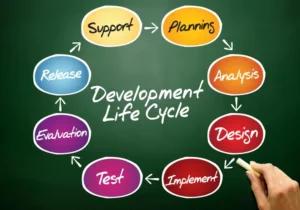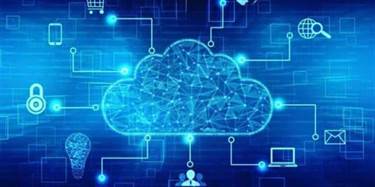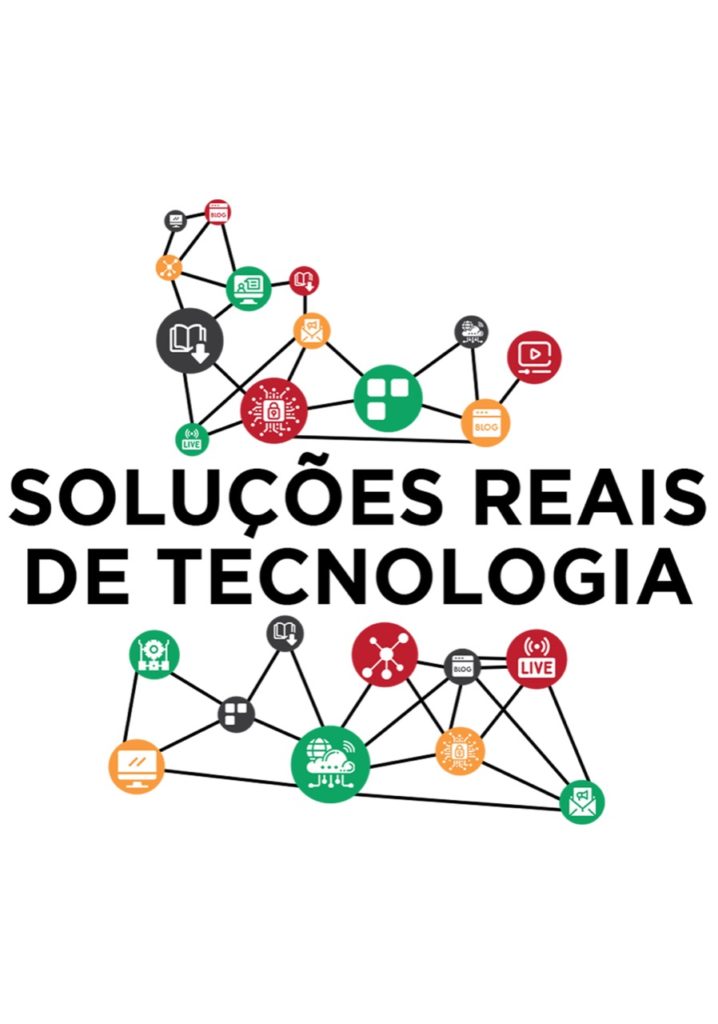This field of applying techniques
derived from AI to large volumes of data goes by names such as
“data mining,” “big data,”
“analytics,” etc. This field is too vast to even
moderately cover in the present article, but we note that there is no
full agreement on what constitutes such a “big-data”
problem. One definition, from Madden (2012), is that big data differs
from traditional machine-processable data in that it is too big (for
most of the existing state-of-the-art hardware), too quick (generated
at a fast rate, e.g. online email transactions), or too hard. While this
universe is quite varied, we use the Watson’s system later in
this article as an AI-relevant exemplar.

The algorithm would then learn this labeled collection of images to distinguish the shapes and its characteristics, such as circles having no corners and squares having four equal sides. After it’s trained Artificial Intelligence (AI) Cases on the dataset of images, the system will be able to see a new image and determine what shape it finds. Overall, the most notable advancements in AI are the development and release of GPT 3.5 and GPT 4.
Applications in diverse sectors
There are multiple stages in developing and deploying machine learning models, including training and inferencing. AI training and inferencing refers to the process of experimenting with machine learning models to solve a problem. A. It is the science and engineering of making intelligent machines,
especially intelligent computer programs. It is related to the
similar task of using computers to understand human intelligence,
but AI does not have to confine itself to methods that are
biologically observable.

This
changed in the mid 2000s with the advent of methods that exploit
state-of-the-art hardware better (Rajat et al. 2009). The
backpropagation method for training multi-layered neural networks can
be translated into a sequence of repeated simple arithmetic operations
on a large set of numbers. The general trend in computing hardware has
favored algorithms that are able to do a large of number https://www.globalcloudteam.com/ of simple
operations that are not that dependent on each other, versus a small
of number of complex and intricate operations. They should be reliable tools and assistants for humans performing specific tasks. This credibility comes partly from a well-designed user experience and intuitive user interface. An alternative approach to creating artificial intelligence is machine learning.
Rule-Based AI vs. Machine Learning
So far we have been proceeding as if we have a firm and precise grasp
of the nature of AI. Philosophers
arguably know better than anyone that precisely defining a particular
discipline to the satisfaction of all relevant parties (including
those working in the discipline itself) can be acutely challenging. Philosophers of science certainly have proposed credible accounts of
what constitutes at least the general shape and texture of a given
field of science and/or engineering, but what exactly is the
agreed-upon definition of physics?

A. Some people think much faster computers are required as well as new
ideas. My own opinion is that the computers of 30 years ago were fast
enough if only we knew how to program them. Of course, quite apart
from the ambitions of AI researchers, computers will keep getting
faster. However, most AI researchers believe that new fundamental ideas are
required, and therefore it cannot be predicted when human-level
intelligence will be achieved. Daniel Dennett’s book Brainchildren [Den98] has an
excellent discussion of the Turing test and the various partial
Turing tests that have been implemented, i.e. with restrictions on
the observer’s knowledge of AI and the subject matter of
questioning. It turns out that some people are easily led into
believing that a rather dumb program is intelligent.
Future of Artificial Intelligence
Early AI research in the 1950s explored topics like problem solving and symbolic methods. In the 1960s, the US Department of Defense took interest in this type of work and began training computers to mimic basic human reasoning. For example, the Defense Advanced Research Projects Agency (DARPA) completed street mapping projects in the 1970s. And DARPA produced intelligent personal assistants in 2003, long before Siri, Alexa or Cortana were household names. This early work paved the way for the automation and formal reasoning that we see in computers today, including decision support systems and smart search systems that can be designed to complement and augment human abilities. While Hollywood movies and science fiction novels depict AI as human-like robots that take over the world, the current evolution of AI technologies isn’t that scary – or quite that smart.
- Artificial intelligence allows machines to model, or even improve upon, the capabilities of the human mind.
- Neats defend their programs with theoretical rigor, scruffies rely mainly on incremental testing to see if they work.
- Proving that
a candidate program is the shortest or close to the shortest is an
unsolvable problem, but representing objects by short programs that
generate them should sometimes be illuminating even when you can’t
prove that the program is the shortest. - With massive improvements in storage systems, processing speeds, and analytic techniques, they are capable of tremendous sophistication in analysis and decisionmaking.
Vistra is a large power producer in the United States, operating plants in 12 states with a capacity to power nearly 20 million homes. In support of this goal, as well as to improve overall efficiency, QuantumBlack, AI by McKinsey worked with Vistra to build and deploy an AI-powered heat rate optimizer (HRO). Note that AI technology vendors are also likely to have their own definitions of the term. Ask them to explain how their offerings meet your expectations for how AI will deliver value. Policymakers in the U.S. have yet to issue AI legislation, but that could change soon.
What is artificial intelligence?
Like any interface, designers want to make a user experience that users trust and enjoy using. Some individuals have argued that there needs to be avenues for humans to exercise oversight and control of AI systems. For example, Allen Institute for Artificial Intelligence CEO Oren Etzioni argues there should be rules for regulating these systems. System cannot retain or disclose confidential information without explicit approval from the source of that information.”67 His rationale is that these tools store so much data that people have to be cognizant of the privacy risks posed by AI.

The ultimate effort is to make computer programs that can
solve problems and achieve goals in the world as well as humans. However, many people involved in particular research areas are much
less ambitious. However, artificial intelligence can’t run on its own, and while many jobs with routine, repetitive data work might be automated, workers in other jobs can use tools like generative AI to become more productive and efficient.
What is artificial general intelligence (AGI)?
Although the terms “machine learning” and “deep learning” come up frequently in conversations about AI, they should not be used interchangeably. Deep learning is a form of machine learning, and machine learning is a subfield of artificial intelligence. It may strike you as preposterous that logicist AI be touted as an
approach taken to replicate all of cognition.
Applied AI—simply, artificial intelligence applied to real-world problems—has serious implications for the business world. By using artificial intelligence, companies have the potential to make business more efficient and profitable. But ultimately, the value of artificial intelligence isn’t in the systems themselves but in how companies use those systems to assist humans—and their ability to explain to shareholders and the public what those systems do—in a way that builds and earns trust. Increases in computational power and an explosion of data sparked an AI renaissance in the late 1990s that set the stage for the remarkable advances in AI we see today. The combination of big data and increased computational power propelled breakthroughs in NLP, computer vision, robotics, machine learning and deep learning.


